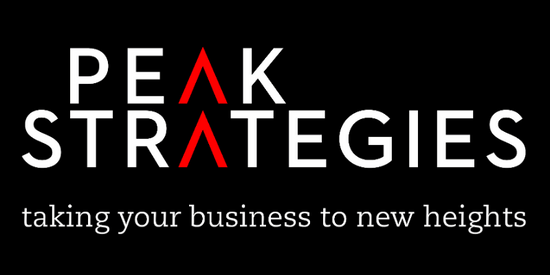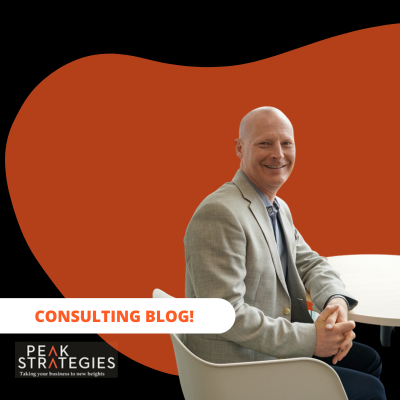Fit outs can be quite the experience! They may not come cheap, and they demand a lot of time and effort, causing significant disruptions. However, they hold immense importance and are an essential aspect of pharmacy business practices. Clients often approach us with one common question during their fit-out planning or execution: "What is the tax treatment?" Considering the substantial amount of money involved in these endeavours, the tax implications are crucial, and we need to address a myriad of issues. With Depreciation, Temporary Full Expensing, and Instant Asset Write Offs rules in constant flux, alongside the complexities of Fit Out incentives, it's no wonder this is a topic of concern. To help you gain some clarity, I've taken the liberty of breaking it all down. Nevertheless, I must emphasise the significance of consulting your accountant and seeking their advice before making any decisions.
Fit Out Incentives
If your landlord, wholesaler or brand is paying you $x00,000 as an incentive to undertake a fit out when you change brands, how does that amount taxed? Well assuming you own the fit out, that amount is taxed as ordinary income. As you can no doubt already determine, the tax could be quite substantial. Also, depending on when you receive the incentive payment, versus when the fit out is completed, you can possibly have some timing issues. For example, you receive the fit-out incentive pre-30 June 2023, but the fit out is completed post 30 June 2023, the incentive is taxed in the 2023 tax return, but the deduction won’t be until the 2024 tax return. The timing issue here regarding cashflow is very clear.
What Deductions Are Available?
Let me go through the constantly changing rules here regarding deduction incentives for items of Plant & Equipment.
Instant Asset Write Off – this incentive ended 6 October 2020 and replaced with Temporary Full Expensing.
Temporary Full Expensing
· Applies for new assets first held, first used, or installed ready for use from 6 October 2020 to 30 June 2023 where your aggregated turnover is less than $5b. I won’t go into the term “aggregated” but it refers to a grouping clause. $5b is not going to be of a concern for most readers though. But this term is something you must understand as it is referred to in several areas of Tax law.
· Also applies to second-hand assets where the asset was first held, first used, or installed ready for use from 6 October 2020 to 30 June 2023, and the entity’s eligible aggregated turnover is less than $50m. Again, note the use of the term “aggregated”. This is where you need to be careful, particularly if you own, or have interests in multiple pharmacies with service trusts. It is very important you speak to your accountant.
· There is no limit on the cost of the eligible asset to which you can deduct, if it meets the rules noted above.
This was a great incentive for those undertaking fit outs, installing dispensing robots or packing machines. However, that incentive ended 30 June 2023. Meaning your asset had to be installed ready for use prior to 30 June 2023. If that is not case, what happens now, post 30 June? Welcome back, Instant Asset Write Off.
Instant Asset Write Off
This was announced as part of the May 2023 Budget.
**Note here everyone. As this was announced as part of the 2023-24 Budget, this measure is not yet law at the time this blog was written**
Under this measure the write-off is $20,000 from 1 July 2023 to 30 June 2024 and applies to small businesses with aggregated turnover (yes, there is that term again) of less than $10m and applies to eligible assets installed ready for use between those dates.
Here are some very important points for you to note
1. “Assets” refer to depreciable assets that have a limited life expectancy and are reasonably expected to decline in value over their lifetime.
2. This is on a per asset basis. A fit out is not a single asset. It is made up of many different assets. Therefore, it is vitally important, that if you are going to maximise your deduction for a fit out, you don’t want an invoice the just say “fit out”. You want a very detailed invoice broken down.
3. This excludes Capital Works. Here it is important to separate what are Capital Works are what are items of Plant and Equipment. Capital Works are generally things that form part of the premises and not separately identifiable and permanently attached. For example, plumbing, consulting rooms. Don’t assume the whole fit out can be depreciated, as not all aspects of a fit out are defined as Plant & Equipment. Capital Works are still eligible for a deduction. This is 2.5% per annum for 40 years of the cost.
4. Note the timing of the deduction. It is not when invoiced, nor when paid, but when it is installed ready for use.
Naturally, every fit out is unique, consisting of various components. Therefore, it is crucial not to presume the tax treatment without proper guidance. Before proceeding with the fit out, ensure you consult your accountant and seek their advice. Should you require any assistance, our tax team is here to provide you with the guidance you need.
Written by our Director, John Thornett.

